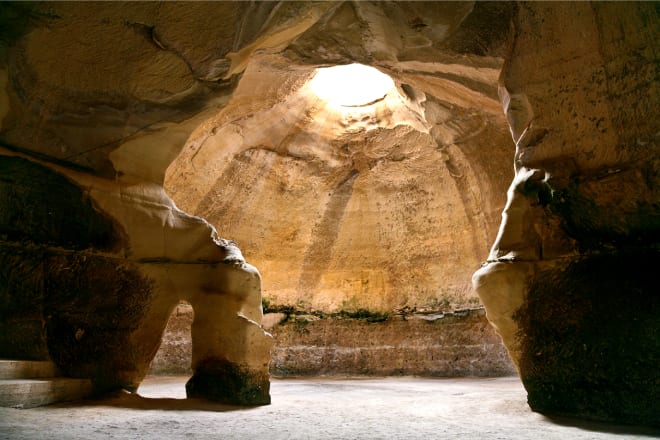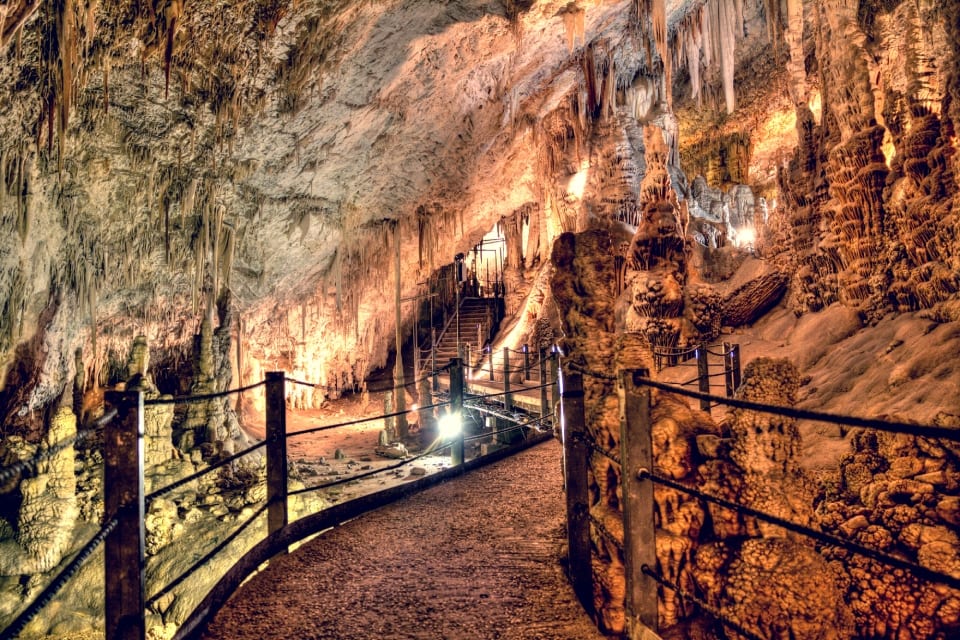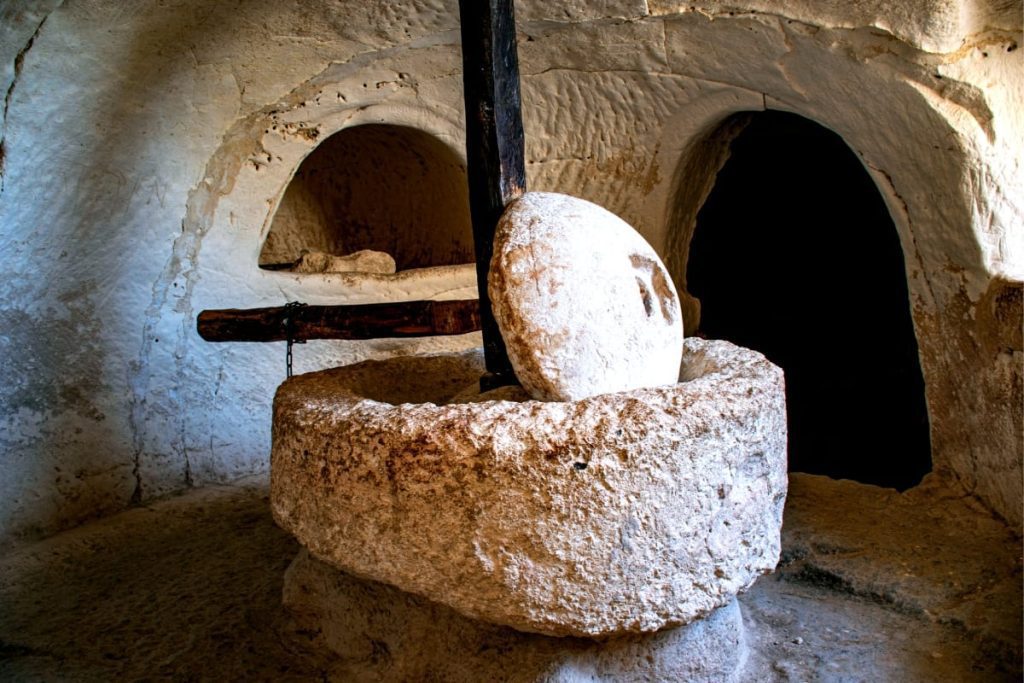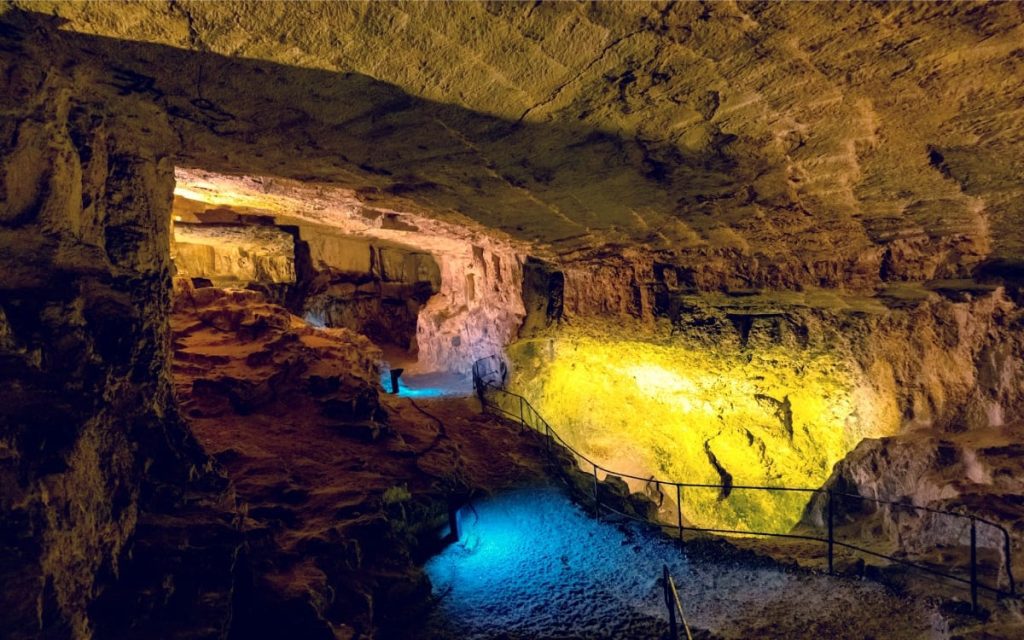Caving in the Judean Hills is super exciting! There are thousands of caves hidden beneath the surface in the Judean Hills. They were used to store food in them; quarried and used as building blocks and sometimes used as a refuge. Today you can tour them, climb, crawl and discover ancient worlds!
As early as the beginning of the 19th century, the first explorers of the Land of Israel noticed the proliferation of caves in the Judean lowlands. R. A. Stewart Macalister, one of the most important explorers of the Holy Land participated in the late 19th century in an archeological project of the British Exploration Foundation. In fact, his descriptions and conclusions are noteworthy, even if inaccurate in scientific writing. The researchers admired the many caves, documented their findings, and tried to trace the causes of their presence in this limited geographical area.
The answer to the question begins with the terrain conditions: the lowlands of Judea are characterized by relatively soft chalk rocks (and therefore also suitable for quarrying), which are 850-350 meters deep. Above them, the Nari rock is formed – a hard crust that is only one to two meters thick, but it is the one that prevents the formation of stepped slopes, such as those in the Judean mountains, and contributes to the rounded lowland landscape. The difficulty of the Nari made it possible to carve the large and impressive bell caves that exist, for example, Luzit Cave and in Beit Guvrin National Park, since it serves as a kind of roof above them.
More About Caving in the Judean Hills
The second part of the answer runs like a thin thread in the history of the Land of Israel and its inhabitants. The caves were hewn because they needed building stones as well as suitable places for storing food, storing water, and hiding from the authorities. Some scholars believe that certain caves are nothing but hiding systems; in which they have found refuge from the Hellenistic rule during the Hasmonean Revolt and especially the Bar Kochba Revolt in the 2nd century CE against the Romans.
Kihrbat Midars
Many hideouts from the Bar-Kokhba revolt were mapped out by famous archaeologists. But very little was marked and now open officially to the general public! The most popular site to tour is in Khirbet Midras in the Judean Hills. Crawling in these little narrow caves is so fun! And for sure this could be potentially an extreme adventure for the entire family. Bare in mind guys! that some of the passages are super narrow and pitch dark. So flashlights are a must! preferably headlamps. This fun thing to do is in high demand among youth groups, and especially among small kids. And of course people that are not claustrophobic!
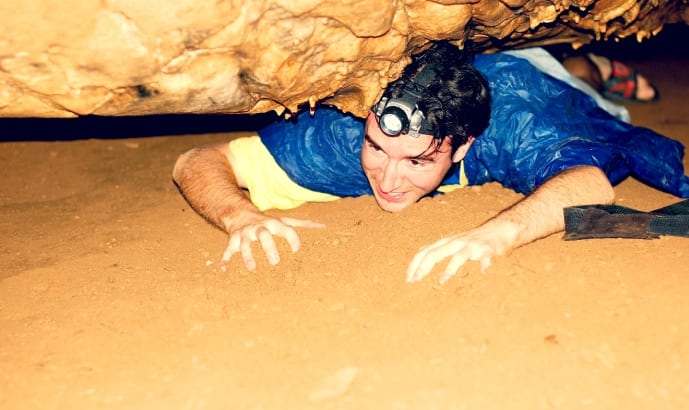
KHIRBET MIDRAS
